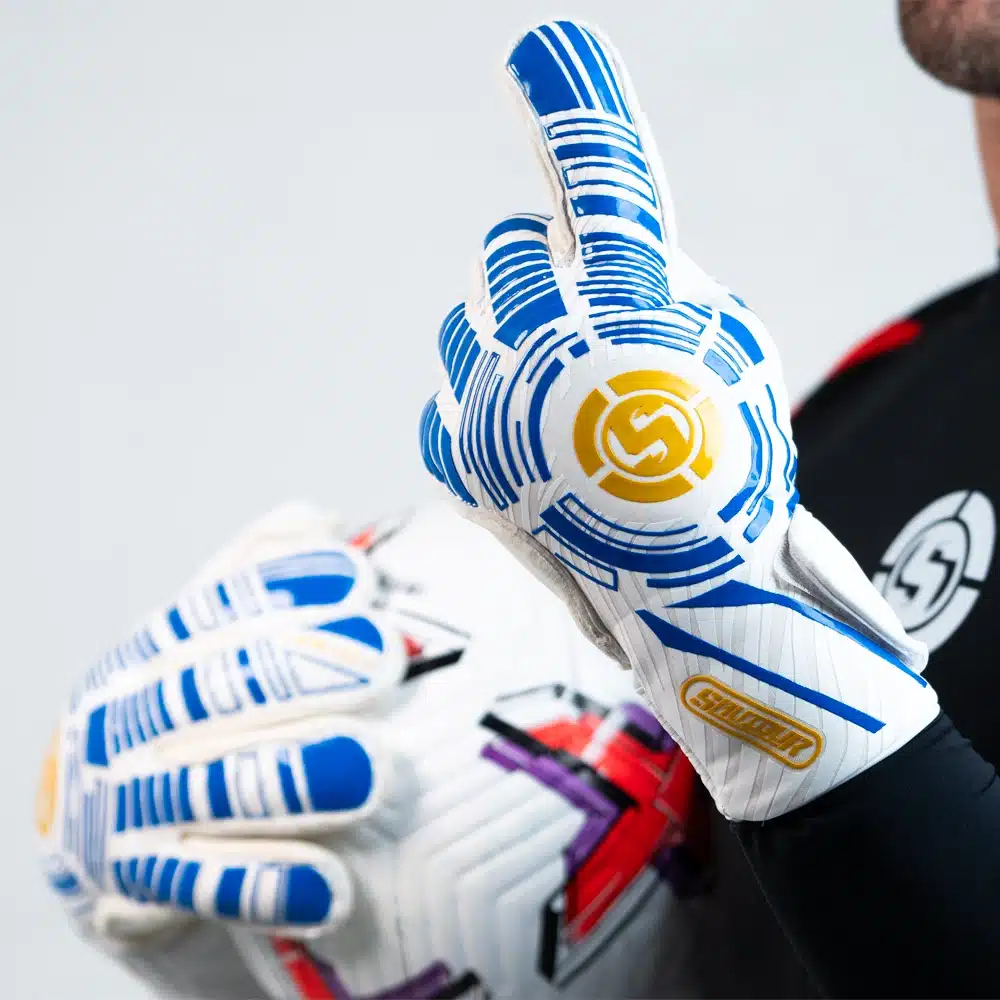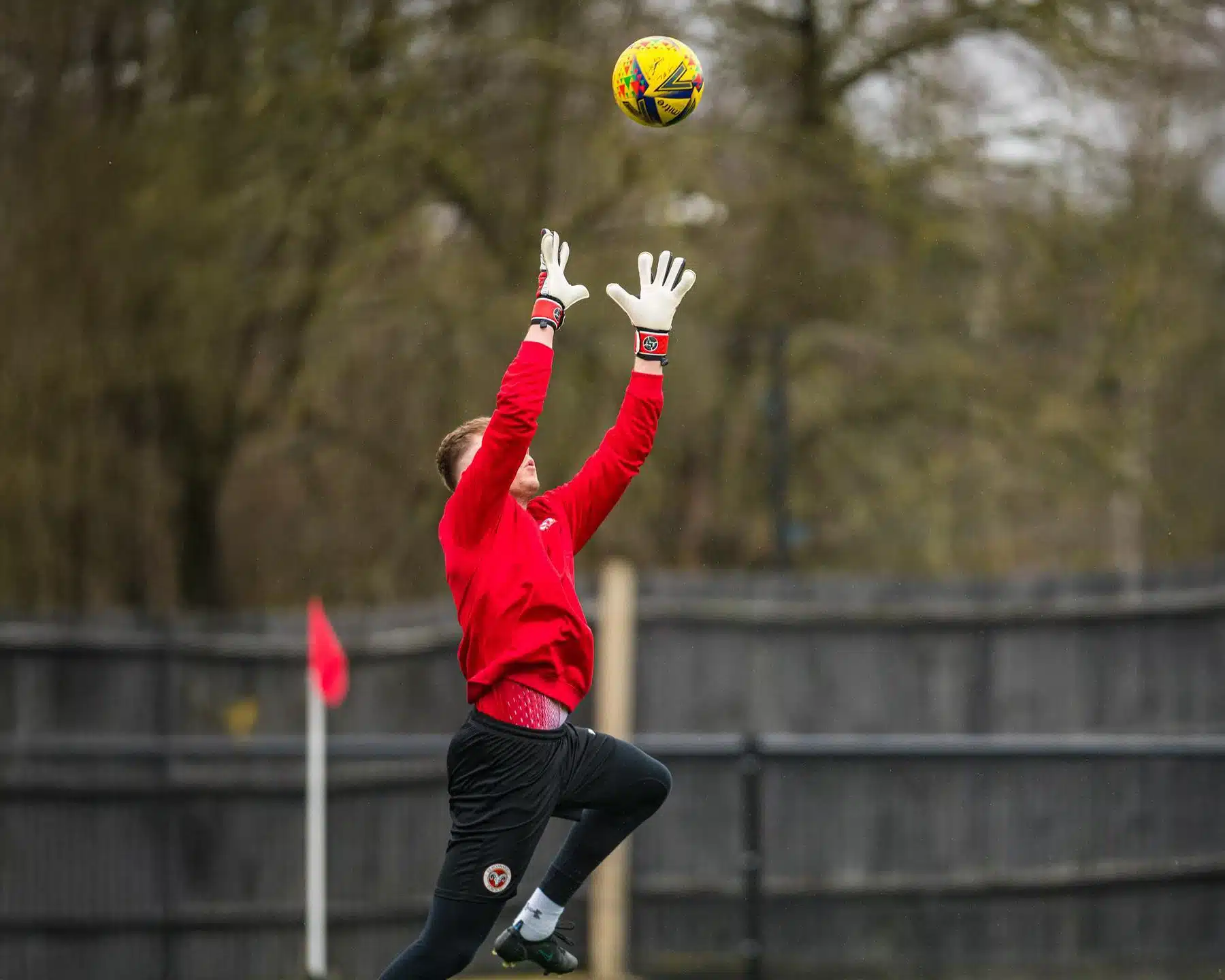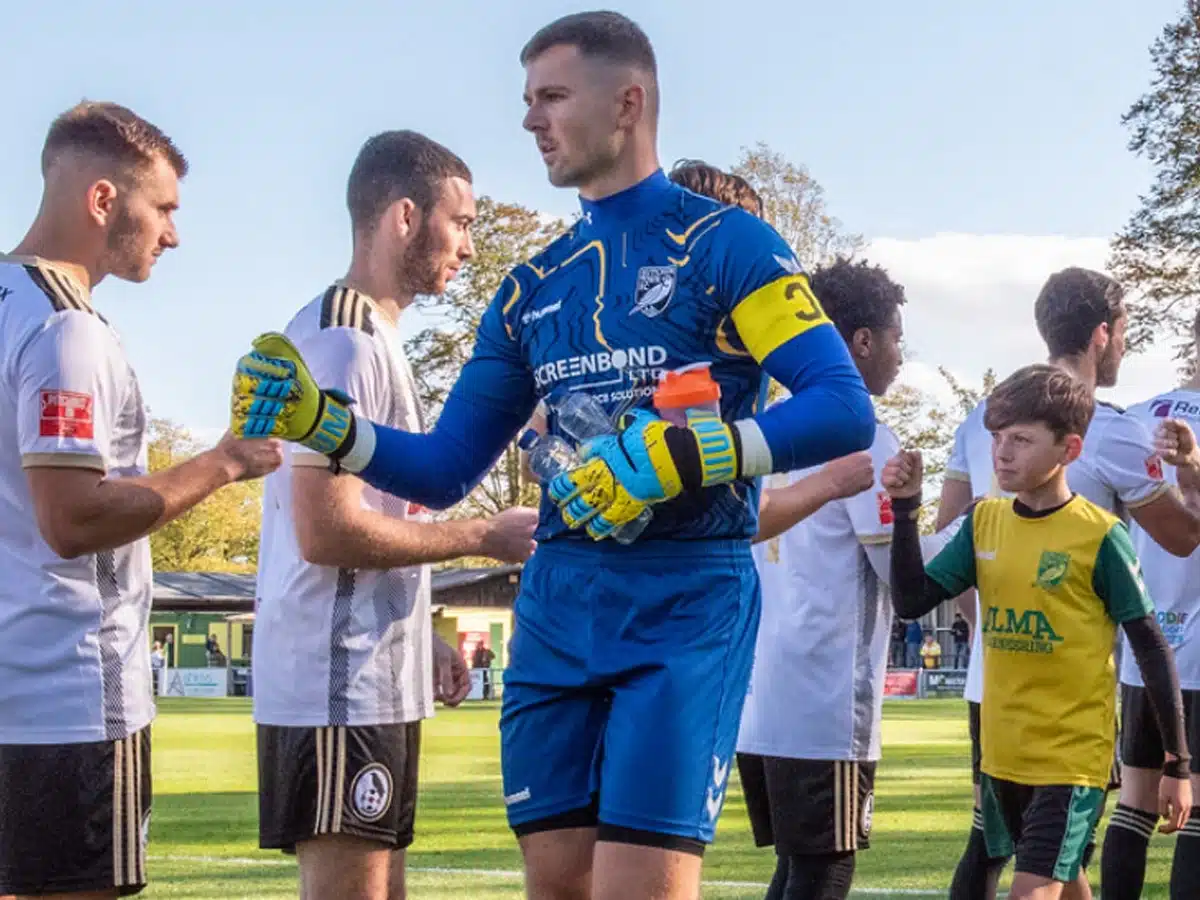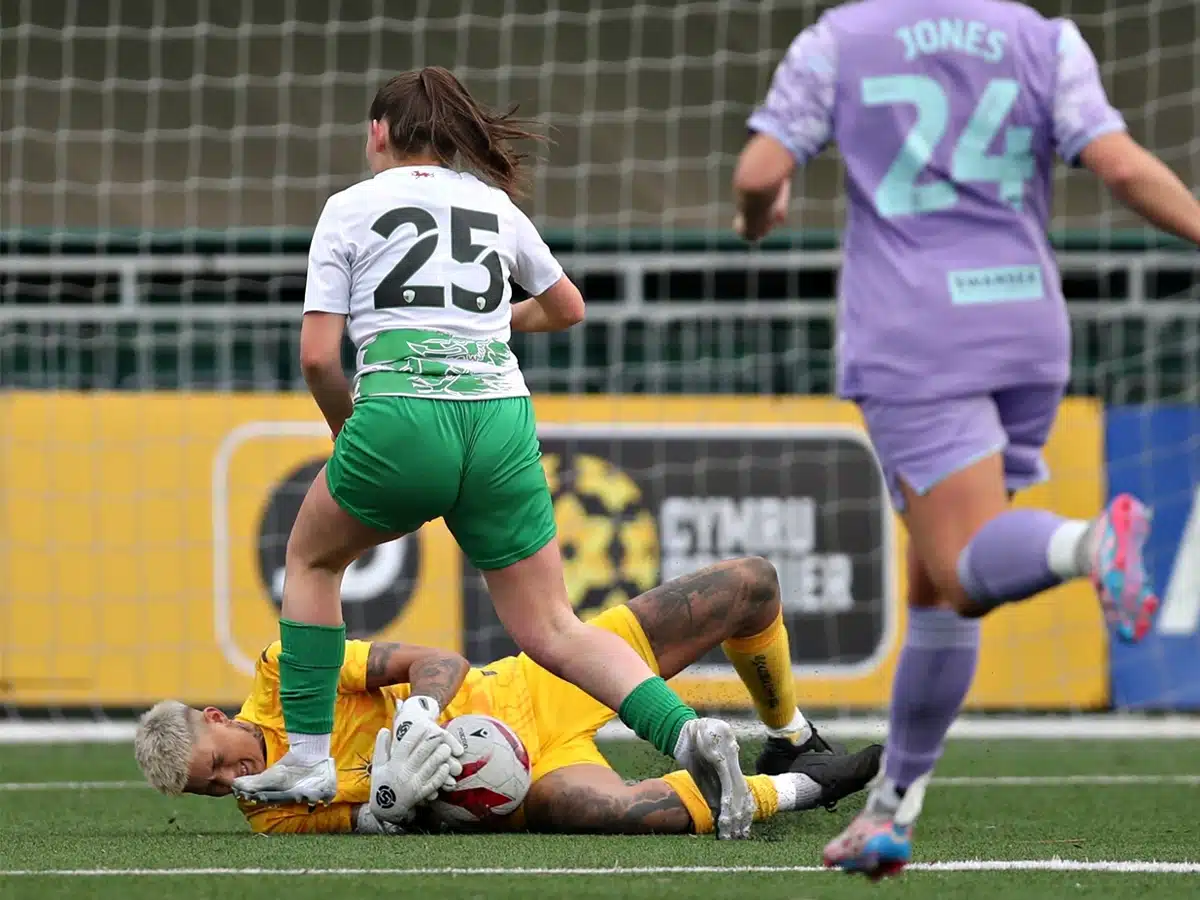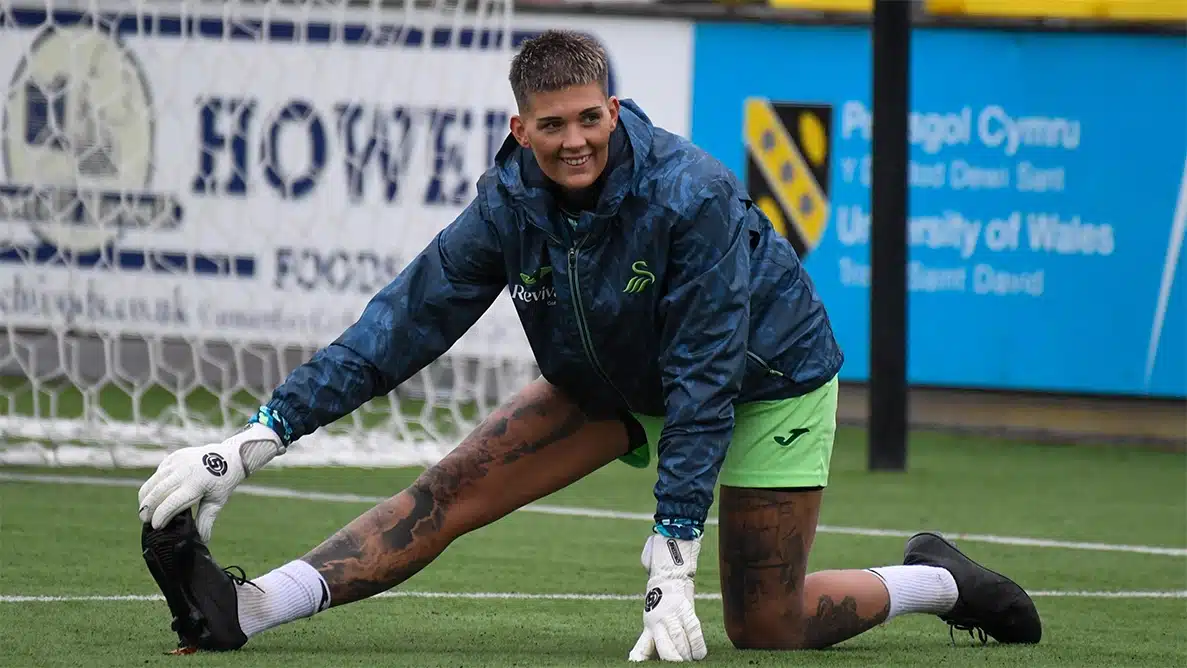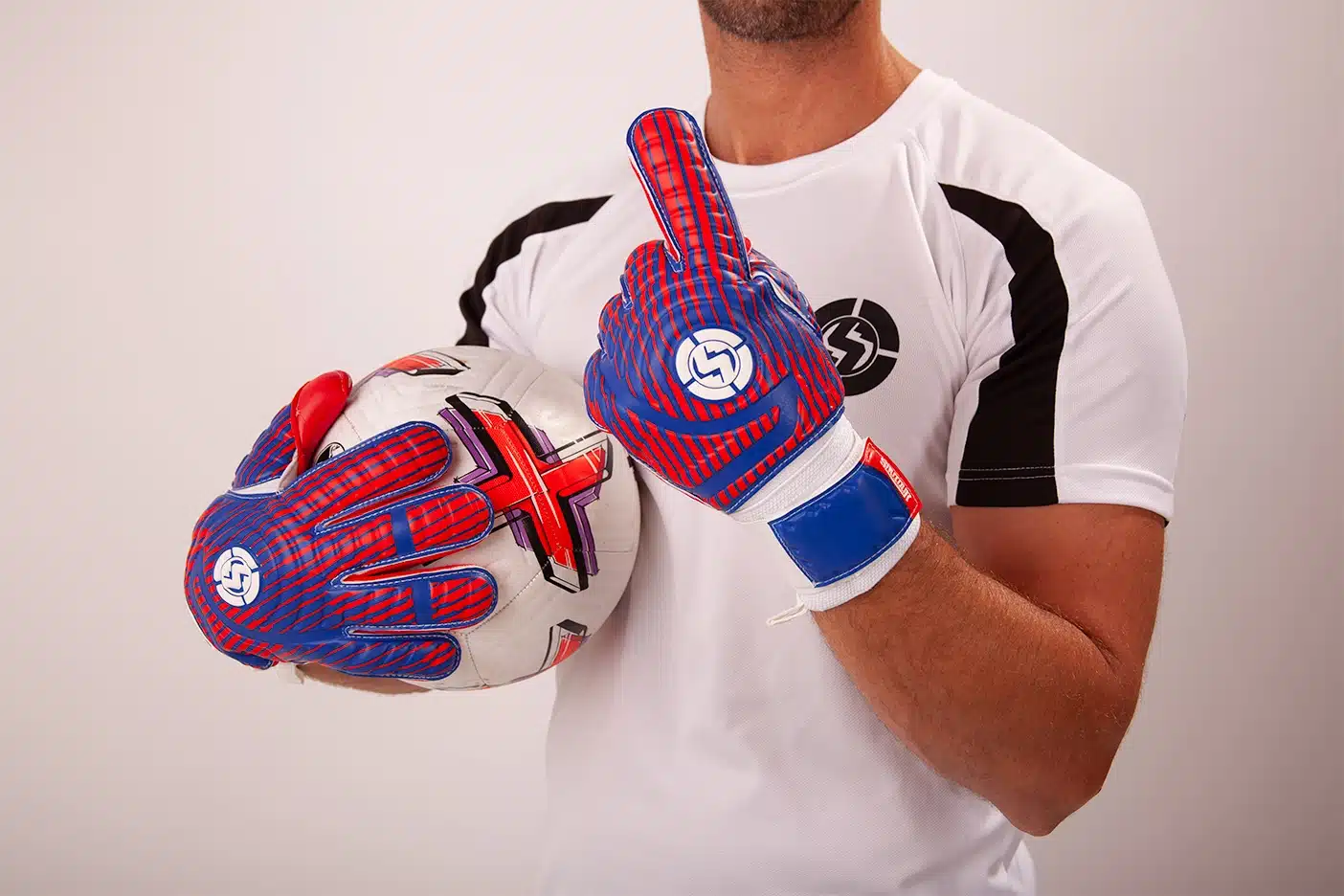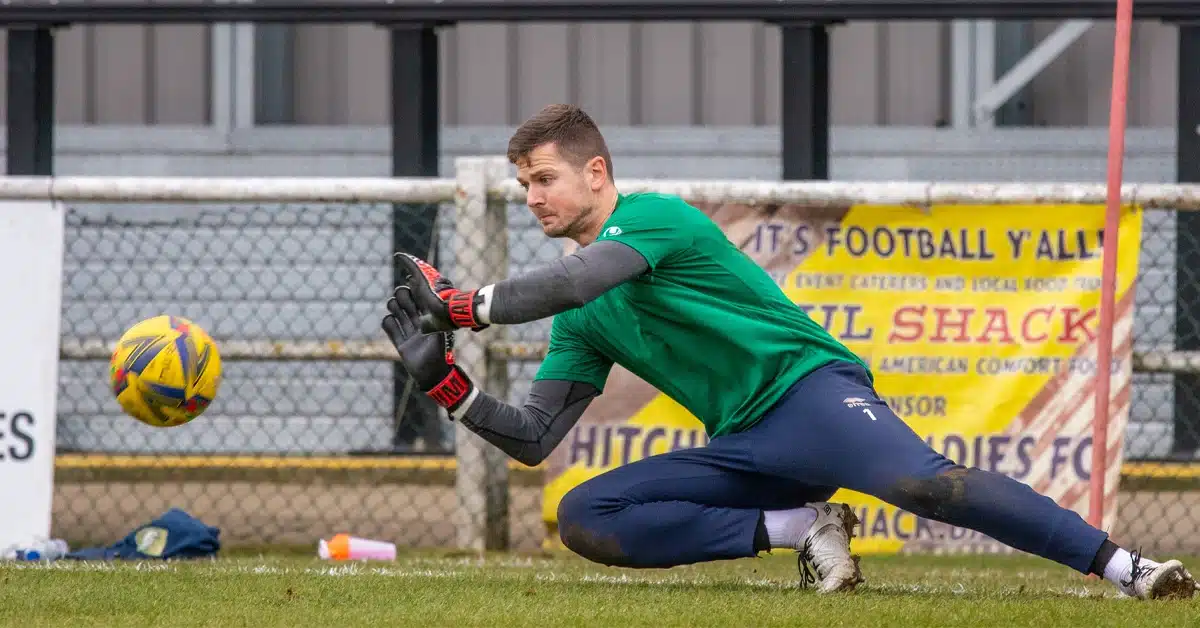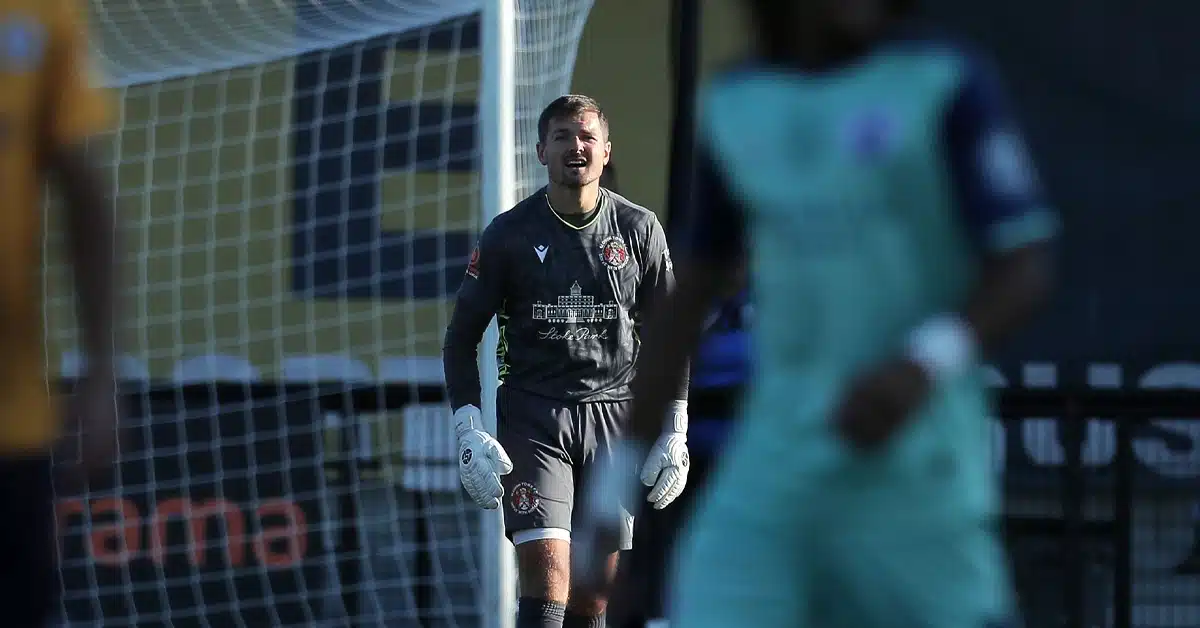Goalkeeping Fundamentals for Dominating One-on-One Situations
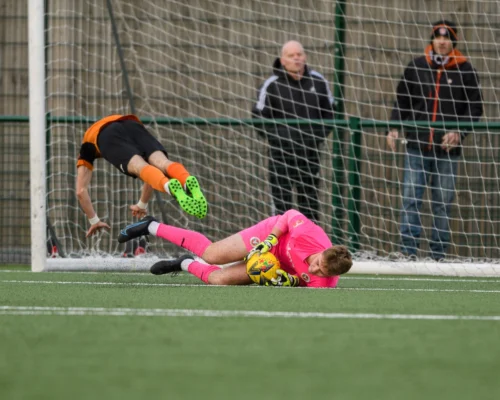
Master the art of one-on-one confrontations with key goalkeeper tactics.
In the intense moments of a one-on-one confrontation between a goalkeeper and an attacker, the stakes are high and the pressure is immense. This scenario is a true test of a goalkeeper’s skill, decision-making, and nerve. To excel in these situations, goalkeepers must refine specific techniques and maintain a sharp focus. This blog delves into the essential strategies and common pitfalls in one-on-one scenarios, providing goalkeepers at all levels with the tools they need to succeed.
The Perils of Overcommitting and Lunging
One common mistake in one-on-one situations is lunging forward too hastily. This impulsive move can leave goalkeepers vulnerable, as quick-footed attackers can easily sidestep or chip the ball over. Maintaining balance and choosing the right moment to close down the space are crucial. Goalkeepers should practice controlled approaches, where they close the angle effectively without sacrificing their position.
Staying Agile: The Importance of Foot Positioning
Remaining flat-footed during a one-on-one can severely limit a goalkeeper’s ability to move swiftly in response to the attacker’s actions. It’s vital to stay on the balls of the feet, ready to pivot or push off in any direction. This stance enhances responsiveness and allows for quick adjustments to the attacker’s movements, increasing the chances of a successful save.
Reading the Attacker Beyond the Ball
Fixating solely on the ball can lead to missed cues about the attacker’s intentions. Instead, goalkeepers should focus on the opponent’s hips and torso, which provide more reliable indicators of movement direction. This broader focus helps anticipate feints and changes in direction, enabling a more proactive defensive strategy.
Managing Space and Engagement Distance
Another critical aspect of handling one-on-ones is managing the space between the goalkeeper and the attacker. Too much distance allows the attacker more room to maneuver and make decisions, whereas too little space can lead to easy bypasses. The key is to moderate the gap, approaching the attacker with enough proximity to pressure them, yet far enough to react to any changes.
Ignoring Distractions and Maintaining Mental Focus
The intensity of one-on-one situations is often amplified by external noise, such as crowd reactions or sideline instructions. Goalkeepers must develop the ability to filter out these distractions and concentrate solely on the play in front of them. This focus is critical in high-pressure moments and can be the difference between a game-saving stop and a conceded goal.
The Risks of Passivity in One-on-One Challenges
Passivity is a goalkeeper’s nemesis in one-on-one scenarios. Waiting too long to act gives the attacker the upper hand, allowing them to dictate the play. Active engagement is essential; goalkeepers should be assertive in their decision-making, whether it’s deciding to close down the space or preparing to make a save.
One-on-one confrontations not only challenge a goalkeeper’s physical skills but also their mental toughness. By mastering these strategies and remaining vigilant about common mistakes, goalkeepers can significantly enhance their effectiveness in these critical moments, turning potential goals into memorable saves.
Q. What is the best stance for a goalkeeper during a one-on-one?
A. During a one-on-one, goalkeepers should maintain a balanced and agile stance, staying on the balls of their feet. This position allows for quick movements and adjustments based on the attacker’s actions.
Q. How should a goalkeeper close the distance in a one-on-one scenario?
A. Goalkeepers should close the distance cautiously, maintaining enough space to react to any movements or shots. The key is to decrease the angle of the shot without leaving too much room for the attacker to manoeuvre.
Q. Why is focusing on the attacker’s hips important during a one-on-one?
A. Focusing on the attacker’s hips instead of just the ball provides a more reliable indication of where they are actually heading. The hips are less likely to deceive with feints compared to the feet or the ball.
Q. How can a goalkeeper stay focused despite distractions during a game?
A. Staying focused amidst distractions involves mental training. Goalkeepers can practice concentration drills and learn to tune out noises and focus solely on the game, particularly in high-pressure situations like one-on-ones.
Q. What should a goalkeeper do if they make a mistake during a one-on-one?
A. After a mistake in a one-on-one, goalkeepers should quickly regroup and refocus on the game. Analysing what went wrong and learning from it is crucial, but during the match, maintaining confidence and readiness for the next play is essential.
SHOP SAVIOUR GK GOALKEEPER GLOVES
For more insights on goalkeeping essentials and to find your perfect pair of gloves, visit our Goalkeeper Glove Shop or for more in depth information check out our Glove Cut page, Size Guide, or Glove Care Section.
Other Relevant Article: Balancing Speed and Latex Wear: Should Goalkeepers Use Their Hands to Stand Up?



